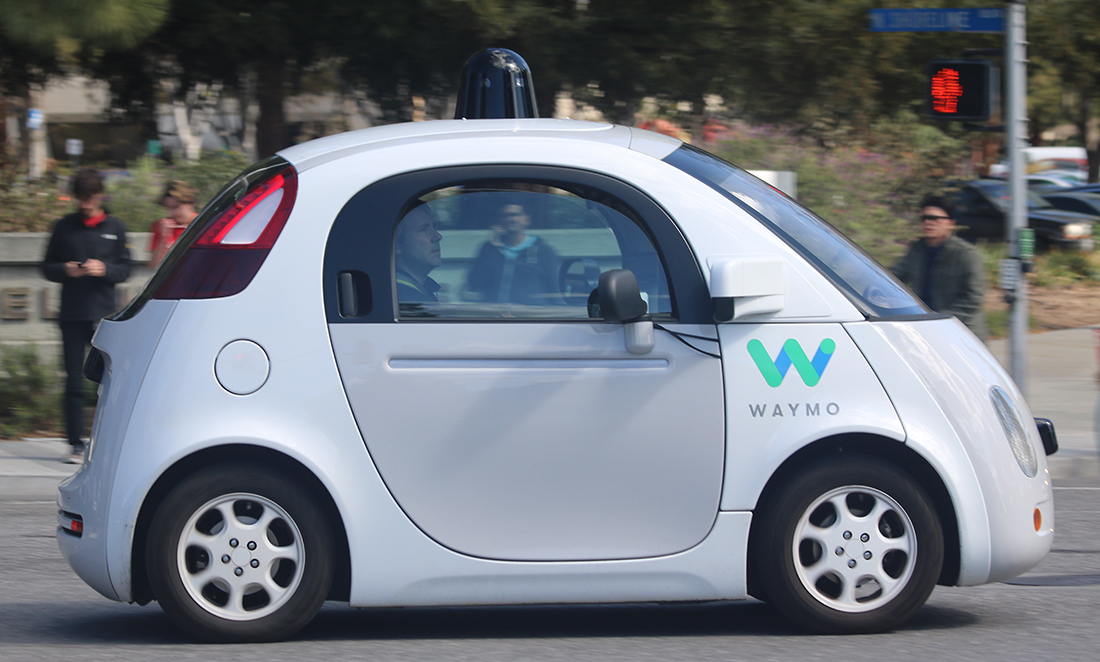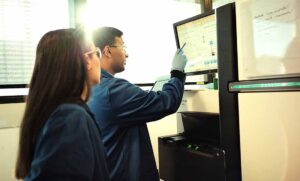It’s official—Australia is getting a space agency. But what does that mean to us on the ground?
How will research into space travel benefits us down here on Earth? It turns out the answer is ‘a lot‘.
Research and partnerships between space agencies has flow down effects into the other areas of the economy.
Glen Nagle is from Canberra’s Deep Space Communication Complex – a collaboration between the CSIRO and NASA.
“It’s by pushing the boundaries of space research that we’ve made thousands of unforeseen advances in technology on Earth that we use each and every day,” said Glen.
So what tech does space missions help?
CLEAN ENERGY
One of the most important aspects of sending things like satellites into space is making sure they have power to actually do their job. It’s not realistic to send up a satellite with a massive fuel tank, so researchers have to think outside the box.
“Improvements to solar cell technology were made to improve our satellites and to harness the power of the Sun, bringing down the cost and availability for everyone.”

Space research has also contributed to battery technology—a crucial component of a viable solar energy system.
It’s even led to advances in technology where solar is used to split water into oxygen and hydrogen as a clean fuel. This technology is already being used to curb emissions on Earth.
FOOD
Forget the weird orange powder you’d see astronauts mixing with water in movies. Space research led to a boom in freeze-dried food technology, preserving nutritional value and taste while also increasing shelf life. Now fans of instant coffee and 2-minute noodles know who to thank.
Experiments have also investigated algae as an astronaut food, which led to the discovery of a nutrient previously only found in human breast milk. This nutrient is now in baby formulas all over the world.
WATER PURIFICATION
Water is one of (if not the most) vital resources for humans. But lugging water fountains up into space isn’t exactly feasible. And as you can imagine, out on the International Space Station, you can’t just nip out to pick up a bottle of sparkling Evian.
To ensure astronauts stayed hydrated, researchers needed a way to purify and recycle water.
The water purification technology developed on the Apollo mission kills bacteria, viruses and algae, making recycled water safe to consume.
“These water purification systems are now helping people in remote Australian communities as well as poorer countries that do not have access to clean, clear water.”
AUTONAVIGATION
Did you know that driverless car technology was pioneered on the surface of Mars?

“The rovers use artificial intelligence to see Mars in 3D and to avoid running into rocks or getting stuck.”
Space research is also responsible for you being able to find new destinations while you’re cruising around.
Services like Google Maps that detail every road, alley and freeway were created with the help of 3D data-generation software used to map the surface of Mars.
THE HILLS HOIST OF SPACE RESEARCH SPIN-OFFS
Don’t assume that the coolest space stuff is done by NASA. Some of the best and most world-changing technologies have grown out of Australian space research.
“In the 1990s, a group of CSIRO radio astronomers and engineers working to study black holes needed a way for their observations to sort through the out-of-sync radio waves they were encountering.”
“New technology, processing systems and algorithms were developed, and this led to the invention of wireless local area networks or wifi.”
That’s right, people. Wifi. That thing you’re probably using to read this very article.
BUT WAIT, THERE’S MORE
The list goes on. From instruments that can detect breast cancer, to firefighters’ suits and huge advances in computing, it’s only by looking towards the stars that we’ve brought Earth into the future.

If you want to explore thousands more of these spin-off technologies, check out this link from NASA.









